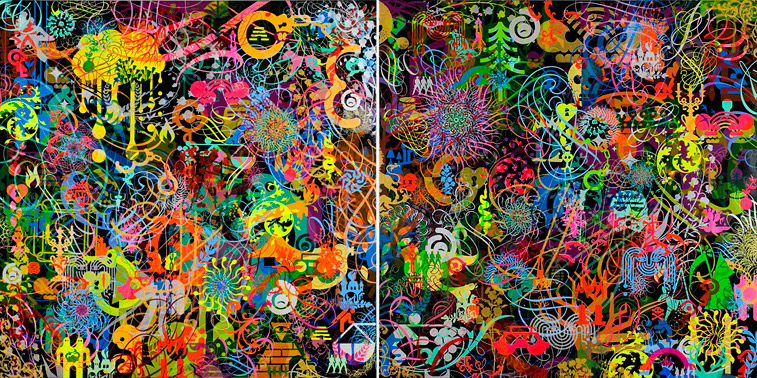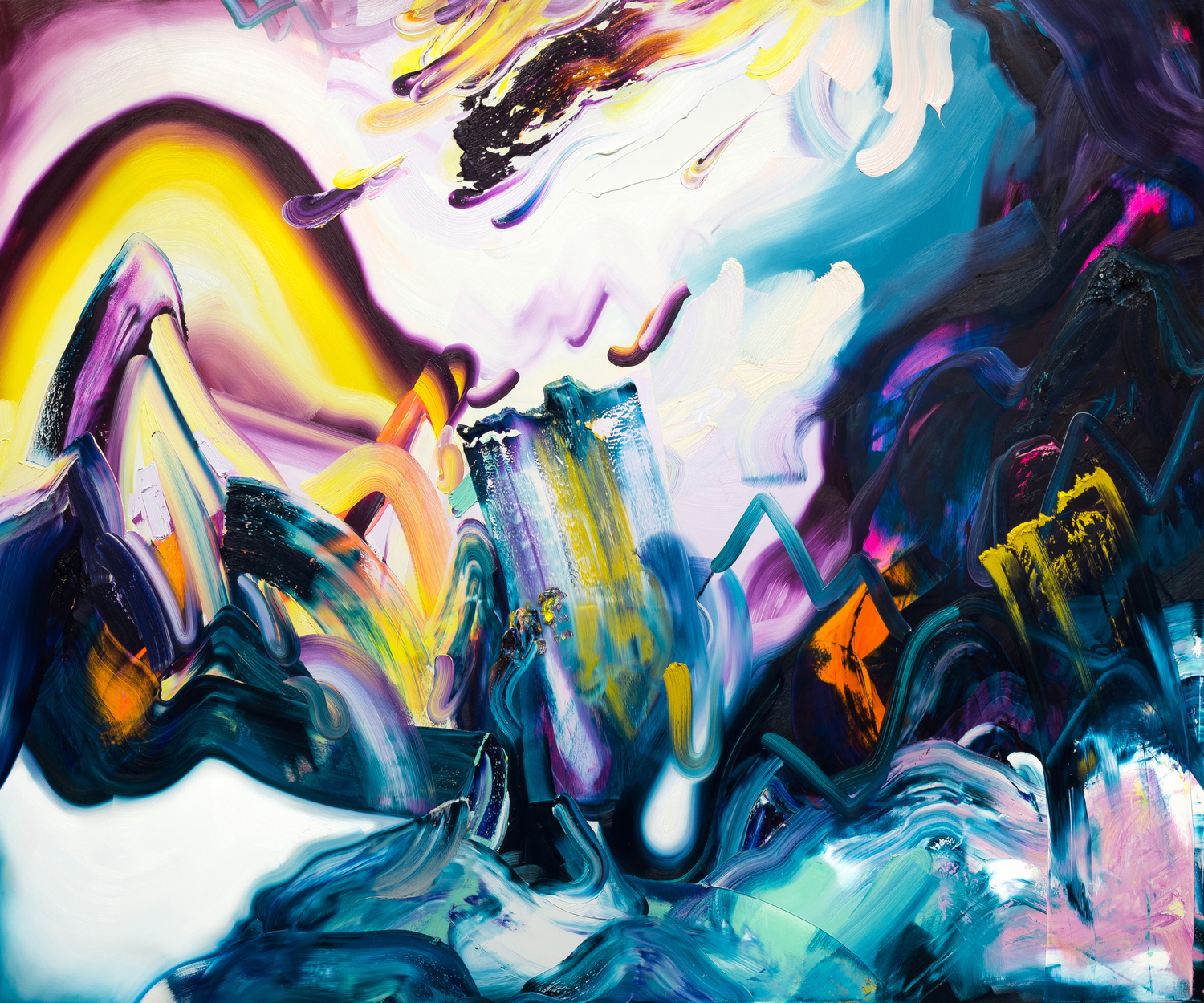By Randy Gladman
Popular understanding of human history is often given chronological shape by dividing the time we have spent on this planet into various eras defined by our most significant technological innovations.The Stone Age, for instance, marks a broad prehistoric time when humans made their first technological advances, widely using stone for toolmaking. As our ancestors discovered the benefits of metal, the Copper, Bronze and Iron Ages followed. More recent eras are characterized by the development of highly sophisticated and complex achievements in culture and science; the Age of Enlightenment, the Industrial Revolution, the Atomic Age, and the Space Age. With the rise to dominance of the internet, our own era is coming to be known as the Information Age or the Communication Age, signifying a general shift in the global economy away from the production of physical goods towards the manipulation and distribution of information.
The fact that our lives are dominated by communication technologies is obvious. It is likely that every person who enters this gallery to view this exhibition will be carrying at least one cell phone. Most of us receive, literally, hundreds of emails per week, often accessible from anywhere via the Blackberry or iPhone in our pocket. Facebook enables us to passively and effortlessly keep track of massive networks of friends and colleagues. MSN, AIM and Skype provide no-cost long distance communications with business associates and loved ones around the world while satellite phones allow for crystal clear communications from the most remote corners of the planet. We are exposed to thousands of advertising messages per day via radio, television and billboards, some of which are so subliminal we do not even notice while others demand our attention by being wrapped around giant buildings with glowing LED lights.
The works of Ryan McGinness reflect the global and omnipresent reality of this modern system of technologically-aided communication. His works present cacophonies of ideas communicated visually and simultaneously. It is as if his paintings allow us to see with our naked eyes all of the cell phone conversations, text messages and emails zipping through the atmosphere all around us in any given second. Like listening to a thousand conversations at once, we can perceive words and ideas in these images but the general meanings are lost in the chaos.
McGinness has developed a unique visual language composed of swirling worlds of original icons that is accessible and eye-tingling. Close examination of the details of his paintings reveals rebus-like words and phrases communicating meaning through visual rather than verbal or textual means.The artist has grown a vast and ever-increasing repertoire of graphic drawings, each of which is legible in the same universal manner that symbols in airports denote where the washrooms or passport controls are located; understandable to everyone regardless of cultural background. McGinness has created a new, beautiful, if utterly quixotic, form of communication which, like ancient hieroglyphs, tells stories whose narratives are left to viewers to decipher. While this sign system draws aesthetically on graphic design, it is different in that it does not seek to clearly convey specific concepts, narratives nor ideas. His works obliterate the line between graphic design and fine art and replace it with a new immense language of mass communication that offers a kaleidoscopic visual mindscape. When using this language, the artist promotes the power of creativity over the necessity of communication.
McGinness began to create this language at the time of the birth of the new millennium and the progress of this language’s development can be traced as clearly as that of a child growing into an adult. Like a baby learning to speak, his first works in this new direction (the artist has been exhibiting his work consistently since 1996 but did not begin to develop this sign system until roughly 2000) were simple, monosyllabic outbursts where the entire picture plane was dominated by one simple icon at a time such as that of a snowflake in a circle or a reflected image of a simplified symbol of a man riding an escalator. The meanings were open to interpretation but complexity was absent. Within a year, the entirety of the artist’s output was focused on developing this new vocabulary and he had soon moved beyond the single word phrases to images that placed numerous icons beside each other within the picture window, resulting in visual sentences. Not only were the compositions becoming more sophisticated but so were the icons themselves. Angels sprouted second heads while Gothic churches were reflected horizontally into heavily-armed military fortresses.Monkeys rode galloping unicorns whose shit sprouted magic mushrooms. Soon, these sentences grew into paragraphs as McGinness began to layer the sentences on top of each other, creating more and more complex relationships between the icons via manipulations to size, color, and depth. With “Aesthetic Comfort”, it is clear the artist has mastered the language.Each piece in this show offers a full chapter of some Byzantine, unknowable story, while the total epic novel is composed of all the works in the exhibition.
The process McGinness uses to write these novels mixes traditional crafts like drawing and silk screening with sophisticated technologies such as Apple computers and Adobe software. With pen on paper, he distills ideas into flat, iconic designs.These analog drawings are turned digital as they are scanned into his Mac and further refined by aligning tangent points and outlines. These digital files are catalogued into what is now a massive icon library and then brought into the mechanical realm in the form of custom made silk-screens. Rather than using paintbrushes, McGinness makes his marks on the canvas using these silk-screens, replacing brushstrokes with pulls of the squeegee. The icons on the surfaces of the paintings seem machine made in their sharp perfection, but these marks all result from a careful marriage of analog, mechanical and digital technologies.With dizzying complexity yet simultaneously beautiful simplicity, the art of Ryan McGinness creatively manipulates various modes of innovative messaging technologies to produce a brand new language that speaks about the Communication Age and the ways we use it within and across societies.
Exhibition Essay by Randy Gladman. Displayed as wall text as part of “Ryan McGinness: Aesthetic Comfort,” Artcore Gallery, Toronto, September 23 – November 15, 2008.


